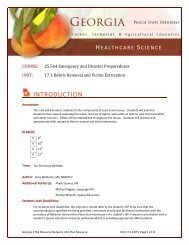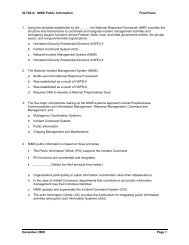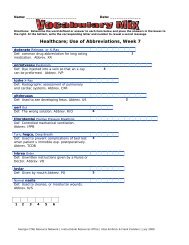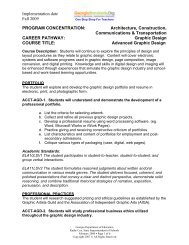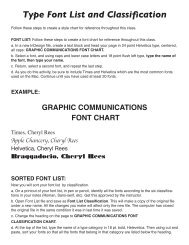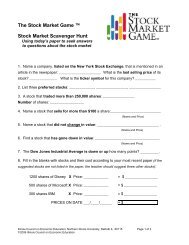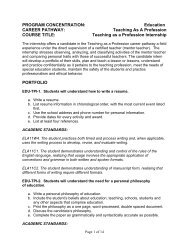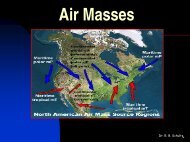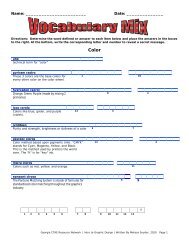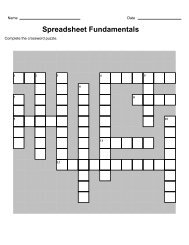emt-basic curriculum module 4
emt-basic curriculum module 4
emt-basic curriculum module 4
You also want an ePaper? Increase the reach of your titles
YUMPU automatically turns print PDFs into web optimized ePapers that Google loves.
State of WisconsinEMT-Basic: A Practice BasedApproach to EMS Education(a) Diaphragm moves upward(b) Ribs move downward/inward(2) Air flows out of the lungs10. Respiratory physiologya) Alveolar/capillary exchange(1) Oxygenated air enters the alveoli during eachinspiration(2) Carbondioxide from the capillaries passes into thealveoli and is eliminated during each expiration(3) Oxygen enters the capillaries as carbon dioxideenters the alveolib) Capillary/cellular exchange(1) Cells give up carbon dioxide to the capillaries(2) Capillaries give up oxygen to the cellsc) Adequate breathing(1) Normal Rate(a) Adult - 12-20/minute(b) Child - 15-30/minute(c) Infant - 25-50/minute(2) Rhythm(a) Regular(b) Irregular(3) Quality(a) Breath sounds - present and equal(b) Chest expansion - adequate and equal(c) Effort of breathing - use of accessorymuscles - predominantly in infants andchildren(4) (Depth (tidal volume) - adequated) Inadequate breathing(1) Rate - outside of normal ranges(2) Rhythm - irregular(3) Quality(a) Breath sounds - diminished or absent(b)(c)Chest expansion - unequal or inadequateIncreased effort of breathing - use ofaccessory muscles - predominantly ininfants and children(4) Depth (tidal volume) - inadequate/shallow(5) The skin may be pale or cyanotic (blue) and cooland clammy(6) There may be retractions above the clavicles,between the ribs and below the rib cage,especially in children(7) Nasal flaring may be present, especially inchildrenModule 4-12



